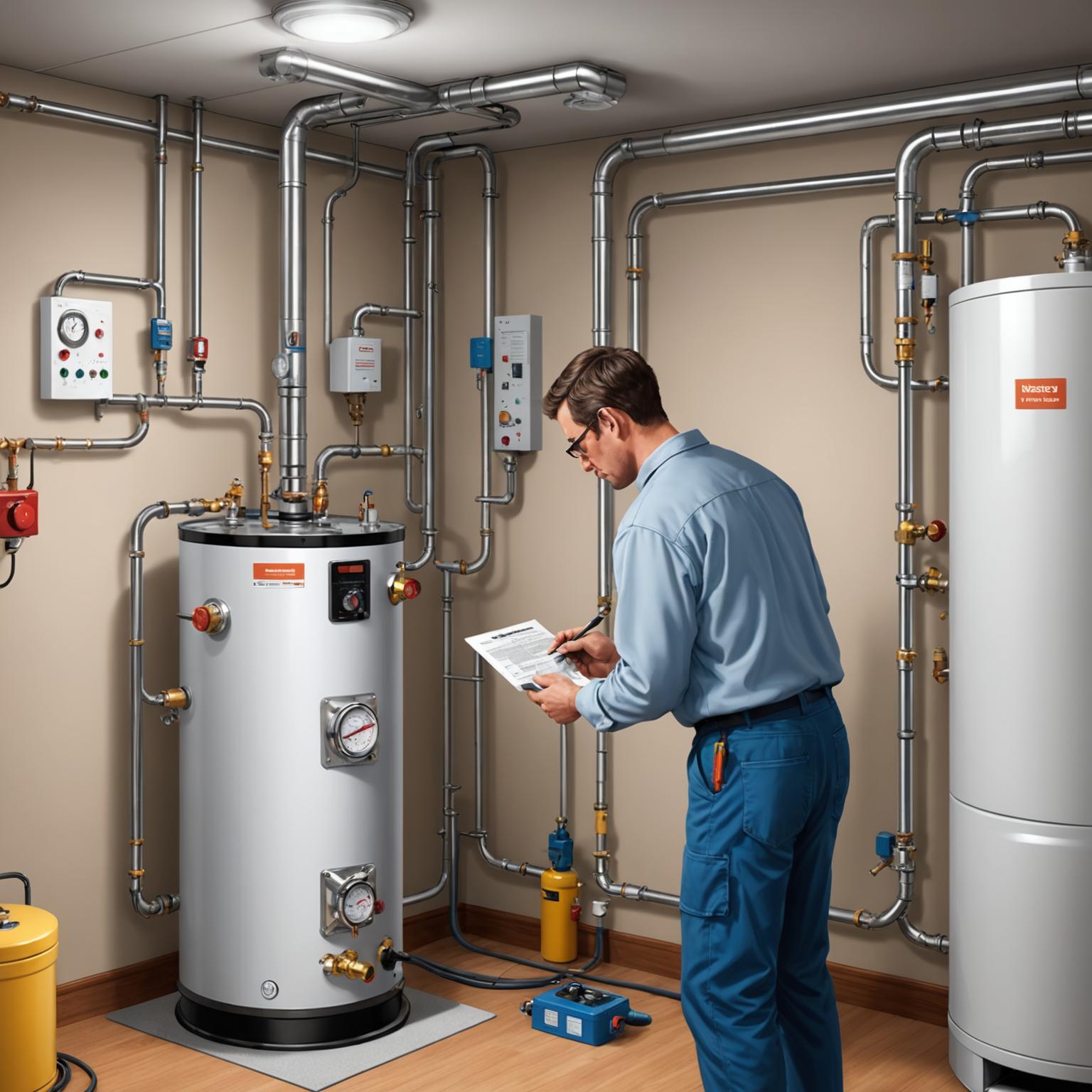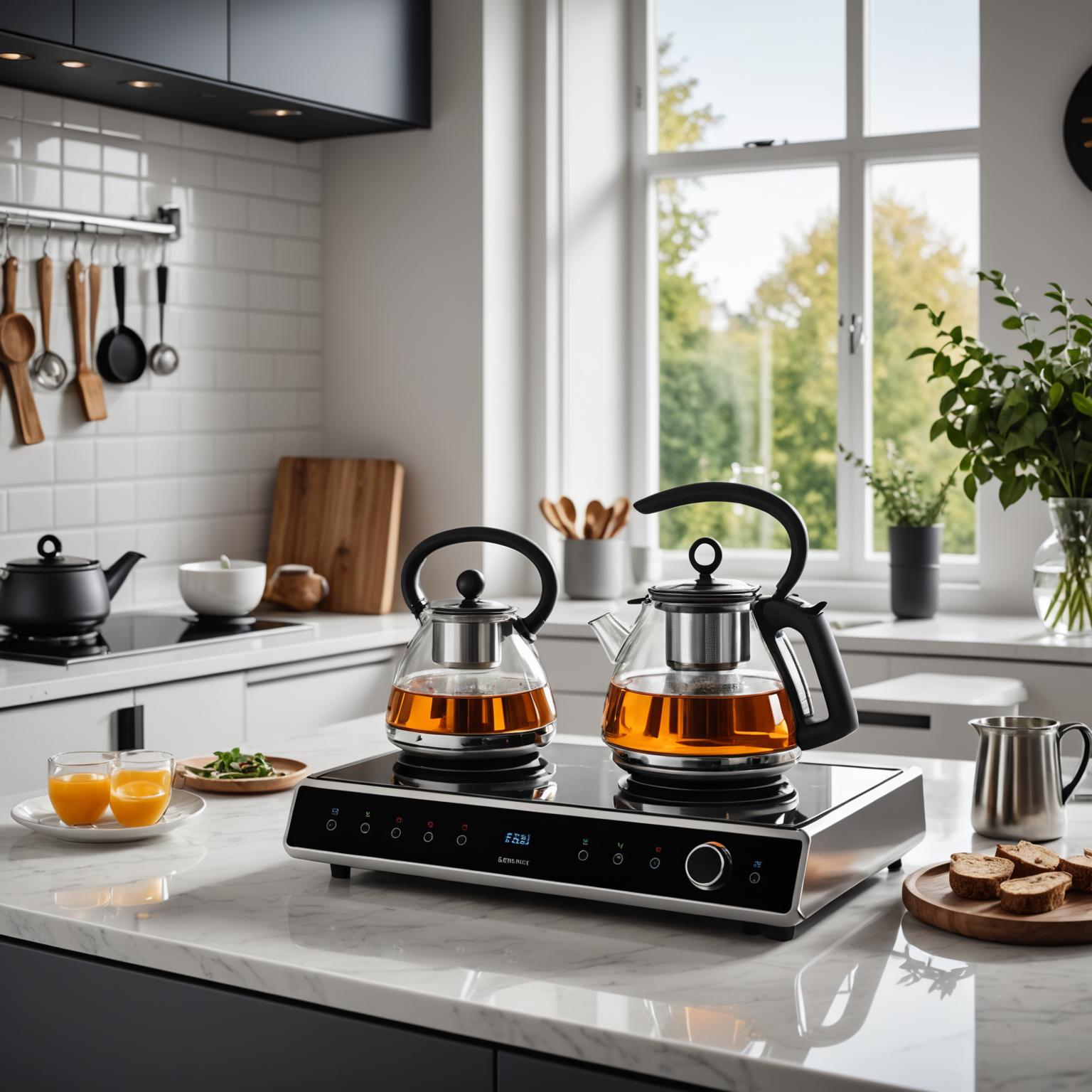The unsung hero of your daily comfort, the electric water heater, relies on a critical component to deliver the hot water you depend on for showers, dishes, and laundry. At the core of this appliance is the water heater heating element, a simple yet powerful device responsible for converting electrical energy into heat. Understanding how this part functions is the first step toward troubleshooting issues, performing maintenance, and ensuring your system runs efficiently for years to come. Whether you're dealing with lukewarm water or considering an upgrade, knowledge of your heater's inner workings is invaluable.
Understanding the Water Heater Heating Element
A typical electric water heater contains two heating elements: an upper and a lower one. These are essentially powerful resistors, much like the coils in a toaster, that glow hot when electricity passes through them. Submerged directly in the water inside the tank, they transfer this heat directly to the water. The process is controlled by two corresponding thermostats. The upper element activates first, heating the top portion of the tank. Once the water at the top reaches the set temperature, power is switched to the lower element, which then heats the remaining water at the bottom. This sequential operation ensures a ready supply of hot water at the top of the tank for immediate use while the rest of the tank comes up to temperature. A malfunctioning water heater heating element is often the primary culprit when you experience a complete loss of hot water or water that isn't as hot as it should be.
Exploring Common Electric Water Heater Parts
While the heating element is crucial, it is just one of several common electric water heater parts that work together in a coordinated system. The thermostats are the brains of the operation, sensing the water temperature and telling the elements when to turn on and off. The sacrificial anode rod is another vital component, designed to corrode and dissolve over time to protect the steel tank from rust. The dip tube directs incoming cold water to the bottom of the tank to be heated, preventing it from mixing with the hot water at the top. If you notice symptoms like clanking or popping sounds, it could be due to sediment buildup on the heating element, which insulates it and forces it to overwork. A thorough understanding of these parts helps in diagnosing problems accurately before calling a professional.
Choosing an Energy-efficient Electric Water Heater
When it comes time to replace your old unit, selecting an Energy-efficient electric water heater can lead to significant savings on your utility bills. Modern heaters often feature design improvements that reduce standby heat loss, such as better insulation. The type of heating element also plays a role in efficiency. For example, ultra-low-watt-density elements have a larger surface area, which allows them to heat water more gently and effectively. This reduces the likelihood of sediment buildup, which is a major cause of inefficiency, and can prolong the life of both the element and the tank. An Energy-efficient electric water heater is not just an appliance; it's an investment in lowering your home's long-term energy consumption.
Maintenance and Longevity
Proper maintenance is key to extending the life of your water heater and its components. Periodically flushing the tank to remove sediment is one of the most effective things you can do. This prevents mineral scale from building up on the lower heating element, allowing it to transfer heat efficiently without burning out prematurely. It's also wise to check the anode rod every year or two and replace it when it becomes heavily corroded. By taking care of these simple tasks, you ensure that all the common electric water heater parts work in harmony, providing you with reliable and cost-effective hot water day after day.






